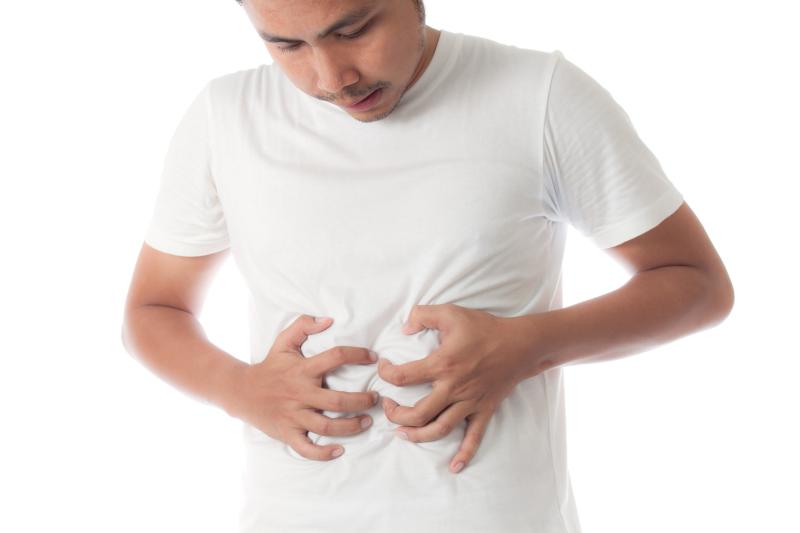
Gastroesophageal reflux disease questionnaires (GERDQ) may help predict erosive oesophagitis (EE) among obese individuals with GERD, a recent study has found.
Using the (GERDQ) and Nocturnal GERD Symptom Severity Impact Questionnaire (N-GSSIQ), researchers assessed 242 consecutive patients (mean age, 37.8±11.8 years; 46.3 percent male) before undergoing routine oesophagogastroduodenoscopy. Outcomes included the presence and grade of EE, presence and size of hiatal hernia, and the gastroesophageal flap valve endoscopic grading.
Majority of the participants (62.4 percent) had GERD, defined as GERDQ score ≥8, presence of EE or daily use of proton pump inhibitors. In an additional 12.8 percent, clinically important GERD was present but silent.
Questionnaire findings appeared to be reasonably discriminative between those with vs without EE. For instance, erosive disease was significantly more common in those with GERDQ scores ≥8 vs <8 (70.6 percent vs 27.2 percent; p<0.001) and in those with vs without hiatal hernia (69.7 percent vs 36.9 percent; p<0.001).
Similarly, EE was present in higher frequencies in participants with severe nocturnal gastroesophageal reflux symptoms (65.6 percent vs 37.9 percent; p=0.004).
Multivariate logistic regression analysis found that GERDQ scores ≥8 (odds ratio [OR], 6.3, 95 percent CI, 3.0–13.1), the presence of hiatal hernia (OR, 4.2, 1.6–10.7), an abnormal Hill grade (OR, 2.7, 1.4–5.4) and the use of tobacco (OR, 2.5, 1.2–4.9) were significant and independent risk factors for EE in the study population.
However, the composite risk factor including GERDQ ≥8 and severe nocturnal symptoms had poor overall accuracy for predicting EE, with 90 percent specificity and 20.7 percent sensitivity.